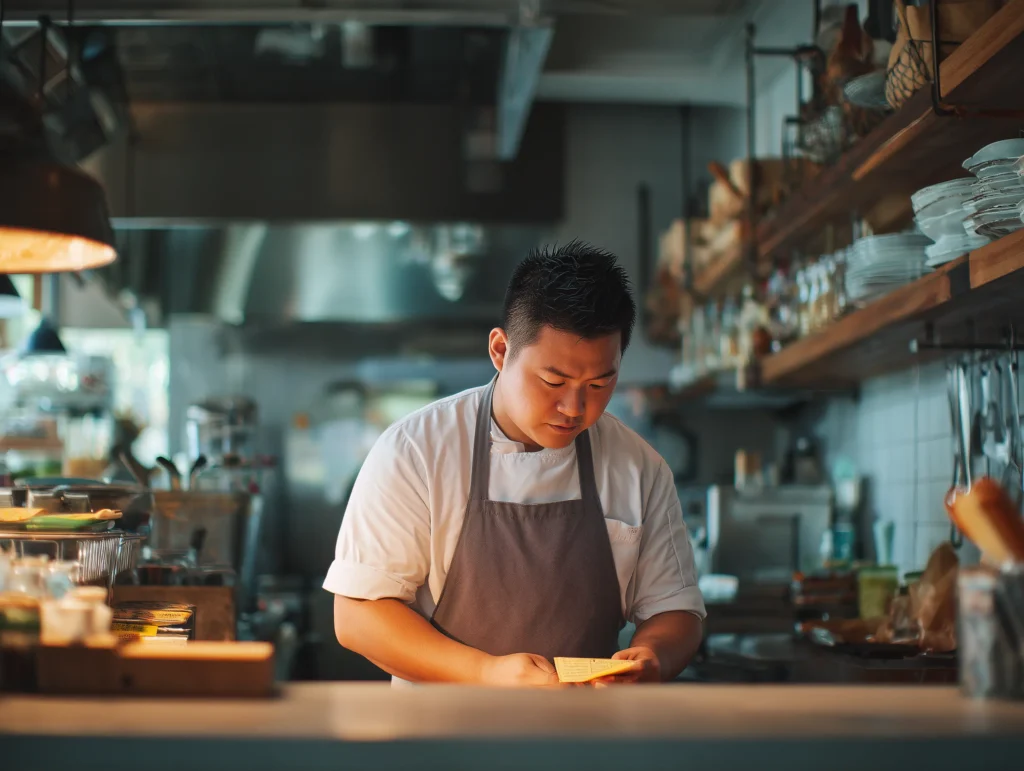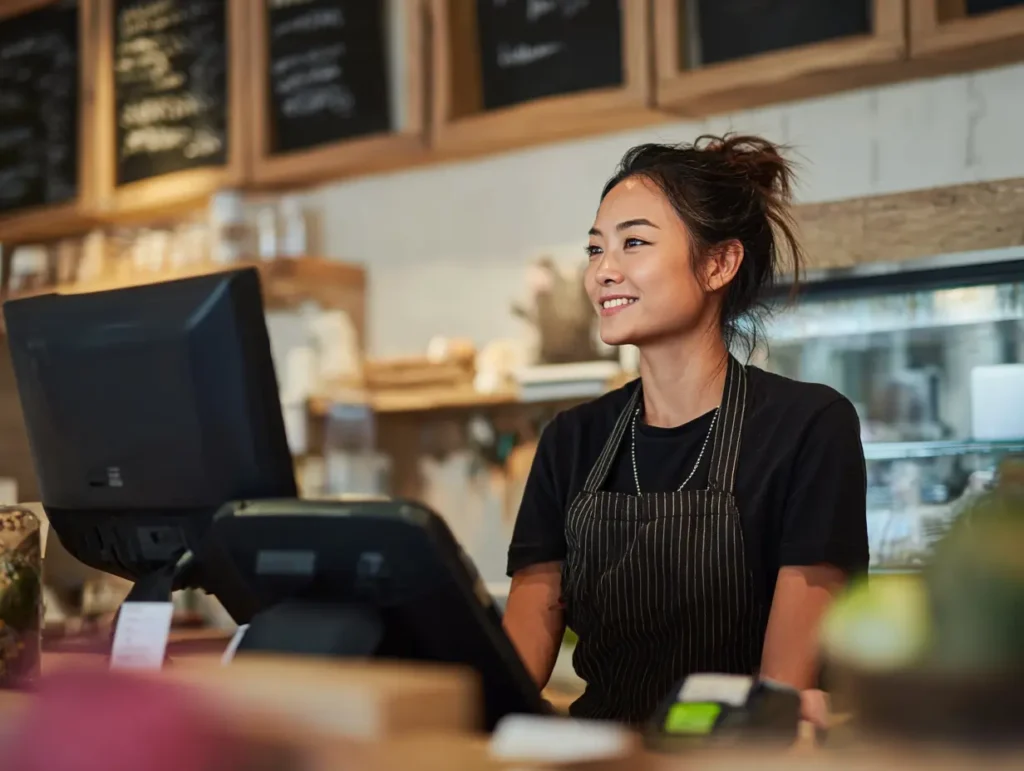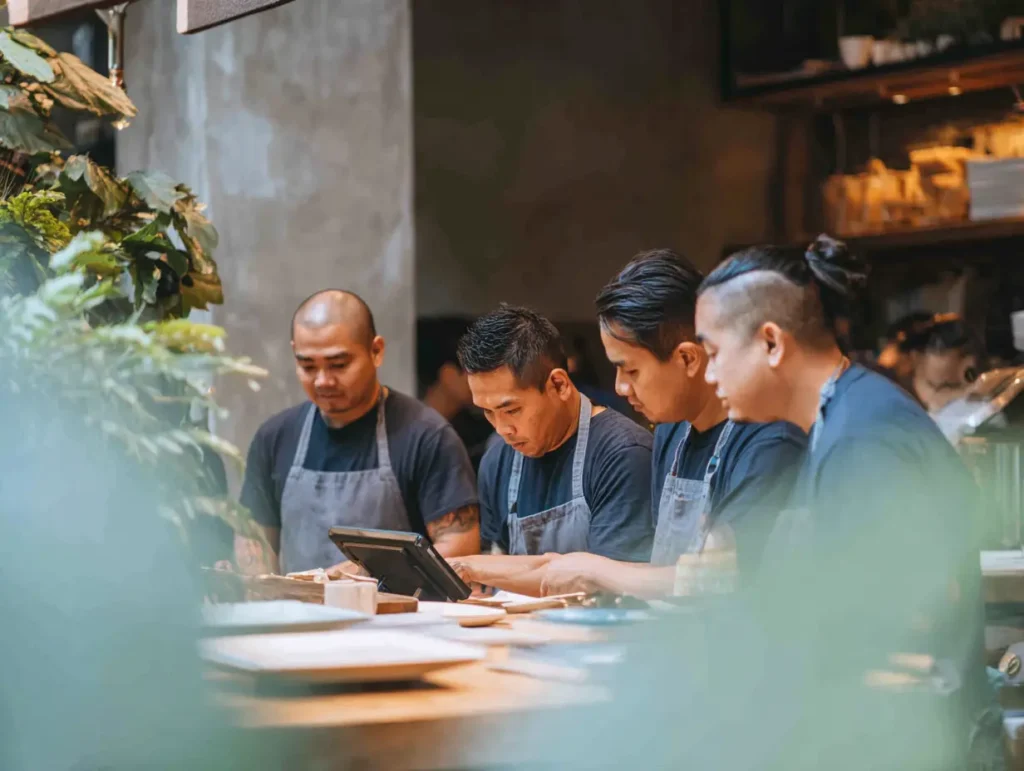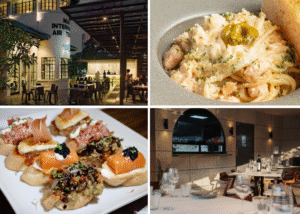Technology has completely transformed how restaurants operate. From digital menus to automated inventory management, today’s restaurant owners are running smarter, faster, and more efficiently than ever. At the heart of this transformation is one essential tool — the restaurant POS system.
In 2026, having a reliable POS system isn’t just nice to have — it’s essential. The right POS doesn’t just process payments; it tracks sales, manages menus, monitors inventory, and even integrates with delivery platforms. Simply put, it’s the digital backbone of your restaurant’s operations.
So, what exactly are restaurant POS systems, how do they work, and how can you choose the best one for your business? Let’s dive in.
What Is a Restaurant POS System?

A restaurant POS system (Point of Sale) is a combination of software and hardware that helps restaurants process transactions and manage daily operations. Traditionally, POS systems were just glorified cash registers — you rang up an order, took payment, and printed a receipt.
But today’s systems go much further. They’re cloud-based, mobile-friendly, and connected to everything from accounting tools to delivery platforms. Modern POS software allows restaurants to handle table orders, manage menus, track sales data, and even monitor staff performance — all in real time.
In short, a POS system is no longer just a cash register; it’s a central command center for your business.
👉 Learn more about what a POS system is from Investopedia.
Why Restaurant POS Systems Matter in 2026
In 2026, the restaurant industry is more digital than ever. Customers are ordering online, scanning QR menus, and expecting contactless payment options. Without an efficient POS system, managing all those moving parts can quickly become overwhelming.
A strong restaurant POS system brings everything together. It enables:
- Faster service, because orders go directly from the counter to the kitchen.
- Smarter decisions, thanks to data analytics on sales and performance.
- Better customer experience, through personalized loyalty and promotions.
- Reduced waste and errors, with automated stock management.
Moreover, with the rise of delivery apps like GrabFood and Foodpanda, restaurants need tools that sync seamlessly with these platforms. The right POS system acts as the central hub that ensures every order — whether dine-in or online — is handled efficiently.
Types of Restaurant POS Systems
Not all restaurant POS systems are created equal. Choosing the right type depends on your restaurant’s size, budget, and operations.
1. Traditional On-Premise POS
These are installed on-site and usually connected to dedicated hardware like cash registers, receipt printers, and servers. They’re known for reliability and fast processing, but they come with higher upfront costs and require manual updates.
2. Cloud-Based POS
Cloud POS systems operate entirely online. This means you can manage your restaurant from anywhere — even on your phone. Data is stored securely in the cloud, updates happen automatically, and the system integrates easily with online ordering and delivery platforms.
3. Hybrid POS Systems
A hybrid POS gives you the best of both worlds. It runs primarily on the cloud but can still function offline if your internet goes down. This flexibility is perfect for busy restaurants that can’t afford downtime.
👉 Want to know more? Read this blog on the types of POS Systems.
Key Features to Look For in a Restaurant POS System
When choosing the right restaurant POS system, you’ll want to look beyond basic billing. Here are the essential features to consider in 2026:
- Order Management: Simplify dine-in, takeaway, and delivery in one place. Orders automatically sync with the kitchen to reduce delays and errors.
- Menu Management: Quickly update menu items, pricing, and promotions across all locations or platforms.
- Inventory Tracking: Get real-time alerts when ingredients are running low, helping reduce waste and stockouts.
- Reporting & Analytics: Access sales trends, top-performing dishes, and peak dining hours for smarter decision-making.
- Integrations: Your POS should connect with accounting tools (like QuickBooks), CRM systems, and delivery apps.
- Security: Protect customer data with encryption, and set access permissions for different staff roles.

How to Choose the Best POS for Your Restaurant
Choosing the right restaurant POS system can make or break your operations. A well-chosen POS will simplify your day-to-day work, empower your team, and help your restaurant grow — but the wrong one can create bottlenecks, errors, and frustration.
To make the best decision, it’s important to think about your business needs, your team, and your future plans. Here’s how to narrow down your options:
1. Assess Your Restaurant’s Needs
Start by identifying what your restaurant truly requires. A small café or food stall might only need basic order-taking and payment processing, while a full-service restaurant may need advanced table management, delivery tracking, and staff monitoring. Think about your current challenges — are you struggling with long queues, stock mismatches, or managing multiple locations? Clarifying your priorities will help you choose a POS that matches your unique workflow, not one overloaded with unnecessary features.
2. Compare Total Costs
Before deciding, look beyond the sticker price. Consider hardware costs (like tablets or printers), monthly subscription fees, and potential add-ons such as analytics or delivery integrations. Some systems charge per terminal, while others offer unlimited users. Remember to factor in payment processing rates and after-sales support too. A slightly higher monthly cost may actually save you money if it includes reliable support and fewer technical issues.
3. Check for Scalability
Your business may start small but could grow faster than expected. Choose a restaurant POS system that can scale as you open new locations or add new services. Cloud-based POS solutions are ideal because they allow you to monitor all branches in real time and make updates instantly. The best systems let you add users, expand reporting tools, or integrate new apps without major downtime or cost.
4. Look for Delivery Integrations
In 2026, delivery is part of almost every restaurant’s revenue stream. That’s why your POS should integrate smoothly with delivery platforms like GrabFood, foodpanda, and Uber Eats. When connected, orders flow automatically into your POS — no manual re-entry, no mix-ups. This saves your team time and reduces costly errors. To make this even more seamless, tools like klikit help centralize your POS and delivery platforms in one dashboard. klikit lets you manage menus, monitor orders, and sync data effortlessly — so your POS and delivery apps always stay aligned.
5. Test the Interface
Lastly, make sure the system is intuitive for your team. A clean, easy-to-navigate interface reduces training time and keeps service quick even during peak hours. Try running a few mock orders during your trial period to see how it performs under pressure. Also, check for available customer support — ideally 24/7. When something goes wrong during a dinner rush, you’ll want quick, responsive help.
When choosing, think of your POS as a long-term partner in your restaurant’s growth — not just another tool. The best restaurant POS systems are easy to use, integrate with your existing workflows, and scale alongside your ambitions.

How klikit Supports Modern Restaurant POS Needs
While klikit isn’t a POS system itself, it plays a powerful supporting role in modern restaurant operations. klikit helps restaurants centralize orders, menus, and delivery data across multiple platforms — all in one clean dashboard.
With klikit, you can:
- Connect your existing POS with delivery apps like GrabFood and Foodpanda.
- Manage menu updates across platforms instantly.
- Track sales and performance in real time without switching screens.
For restaurants juggling multiple channels, klikit bridges the gap between your POS system and the digital platforms your customers use every day.
👉 Discover klikit’s full suite of restaurant solutions.
The Future of Restaurant POS Systems
As technology continues to evolve, restaurant POS systems are becoming smarter, faster, and more connected. Here’s what the near future looks like:
- AI Forecasting: POS systems will predict stock needs and optimize menus based on sales trends.
- Voice-Activated Ordering: Staff could soon take orders hands-free using AI assistants.
- Mobile-First Systems: Tablets and smartphones will replace traditional terminals.
- Unified Ecosystems: Expect tighter integration between POS, CRM, delivery, and analytics tools — similar to how klikit bridges different platforms today.
In the coming years, POS systems will go beyond managing sales; they’ll power strategy, customer loyalty, and innovation.
👉 Read more on Adamo about restaurant tech trends.
Conclusion
A powerful restaurant POS system is no longer optional — it’s the foundation of modern restaurant management. From streamlining orders to improving customer satisfaction, it gives your business the tools to compete and grow in 2026’s fast-paced dining scene.
And when paired with solutions like klikit, your operations can go even further. klikit helps you unify delivery partners, menus, and reporting so your POS system can do what it does best — keep your restaurant running smoothly.
Ready to future-proof your restaurant? Explore how klikit can simplify your operations today.




